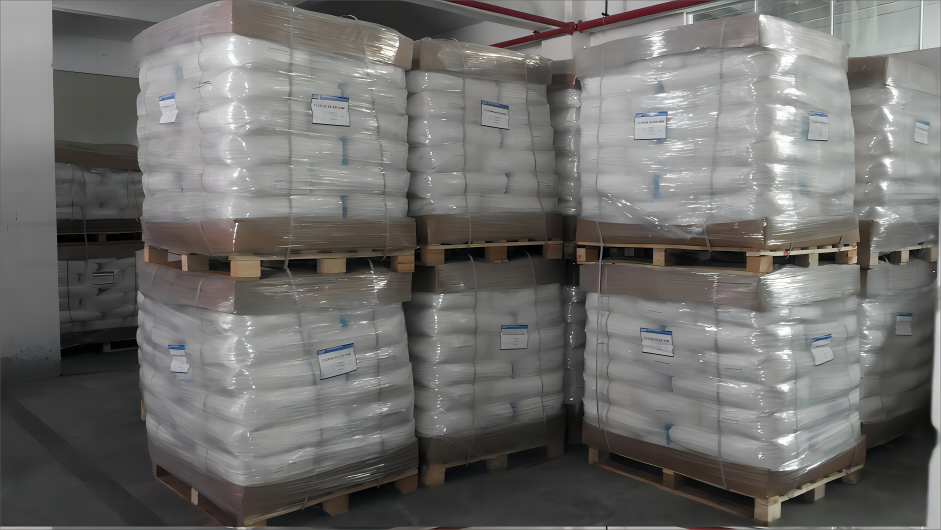
Polyacrylamide (PAM) is commonly used in various industrial applications, including coal washing processes. Coal washing, also known as coal beneficiation or coal processing, is a process used to separate coal from impurities and rock. The use of PAM in this process can enhance the efficiency of solid-liquid separation, which is crucial for improving the quality of the coal product.
Here's how PAM is typically utilized in coal washing:
1. **Flocculation**: PAM acts as a flocculant, meaning it helps to aggregate fine particles into larger flocs. This makes it easier to separate the coal from other materials during the washing process. The flocs formed can settle more readily, improving the clarity of the water and the purity of the coal.
2. **Solid-Liquid Separation**: In coal washing plants, water is often used to transport coal and remove ash and other impurities. PAM can be added to improve the separation of solids from the liquid, making the process more efficient and resulting in cleaner coal with less waste.
3. **Tailings Management**: PAM can also be used in the management of tailings, which are the residual materials left after the coal washing process. By enhancing the settling characteristics of these materials, PAM can help in reducing the volume of tailings that need to be managed and can improve the quality of the water that is recycled back into the system.
4. **Environmental Benefits**: Proper application of PAM in coal washing can reduce the amount of suspended solids in wastewater, which can lead to environmental benefits such as reduced pollution and improved water quality.
When using PAM for coal washing, it's important to consider factors such as the specific type of PAM (anionic, cationic, or non-ionic), the dosage required, and the method of application to ensure optimal performance and efficiency. The choice of PAM type depends on the nature of the coal and the impurities present, as well as the specific requirements of the washing process.
Company Information
Our company's main export products include
(1) Petroleum Resin
Petroleum resin is a kind of thermoplastic resin produced from C5 and C9 fractions by-products of petroleum cracking through pre-treatment, polymerization, distillation, etc. It is not a high polymer but a low polymer with molecular weight between 300-3000. Petroleum resins are generally categorized as C5 aliphatic, C9 aromatic, DCPD and pure monomers such as poly SM, AMS and other four types of products.
(2) Super Absorbent Polymer
In the process of industrial production and people's life, some substances are often used to absorb and retain water, and we call such substances that can absorb and retain water absorbent materials. Super Absorbent Polymers not only have high water absorption capacity, but also high water retention capacity, it contains strong hydrophilic groups, insoluble in water, but can absorb dozens, hundreds or even thousands of times the weight of water polymer.

If you are interested in the product, contact 2bvideo.com for more information for more information
The information of 2bvideo.com limited shown above is provided by the user or collected on the network. Video 2B does not guarantee the authenticity,accuracy and legitimacy of 2bvideo.com limited information. Video 2B does not involve legal relationships and disputes between users arising from transactions other than secured transactions on this website. Disputes shall be settled by you through negotiation. If you are the person in charge or relevant employee of this enterprise, if you find that the enterprise information is incorrect or want to manage thiscompany, please contact us jacklee1558@gmail.com, after you claim the enterprise, you can obtain management permission, publish supplyand demand information, bring consulting orders, and remove page advertisements.
Main Product:
Polyaluminum Chloride,
Polyacrylamide Product,
Polymerized Ferrous Sulfate ,
Super Absorbent Polymer,
Petroleum Resins,
Sodium Polyacrylate